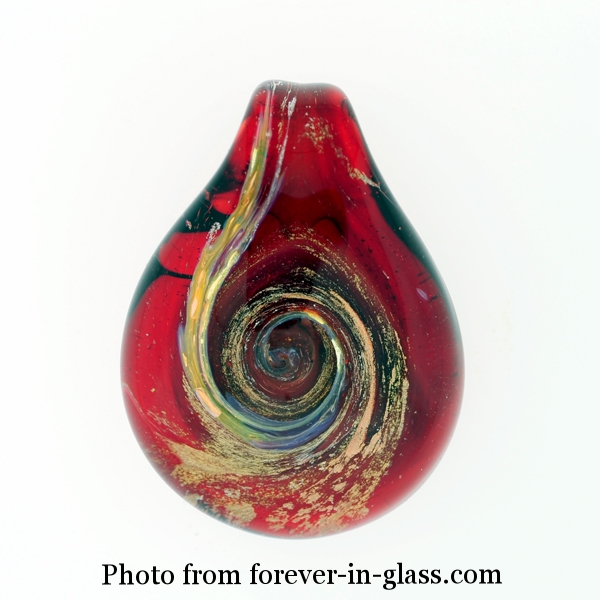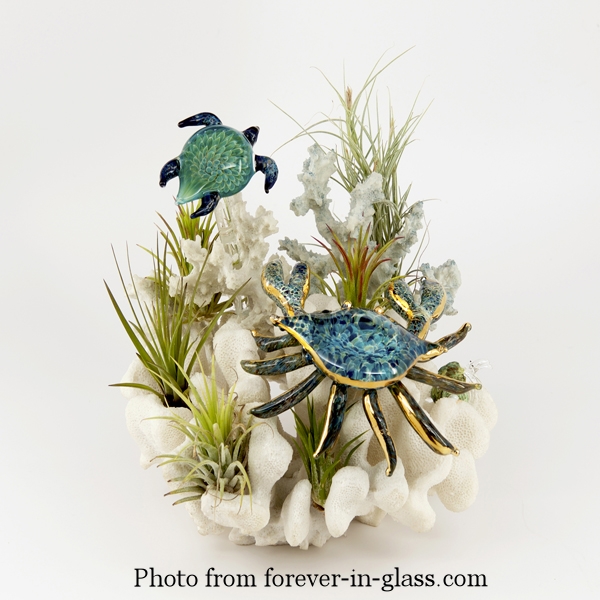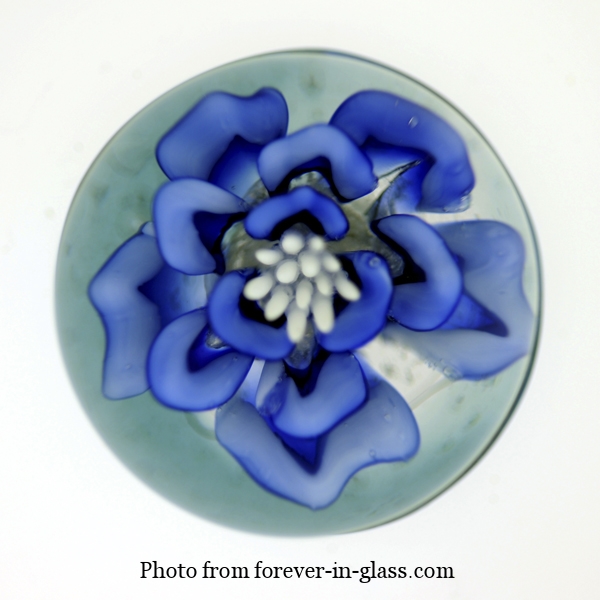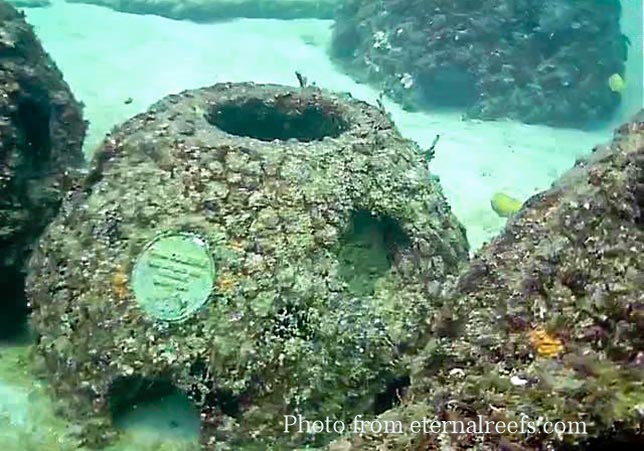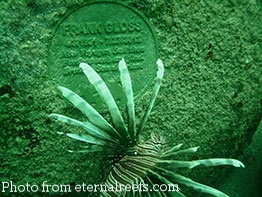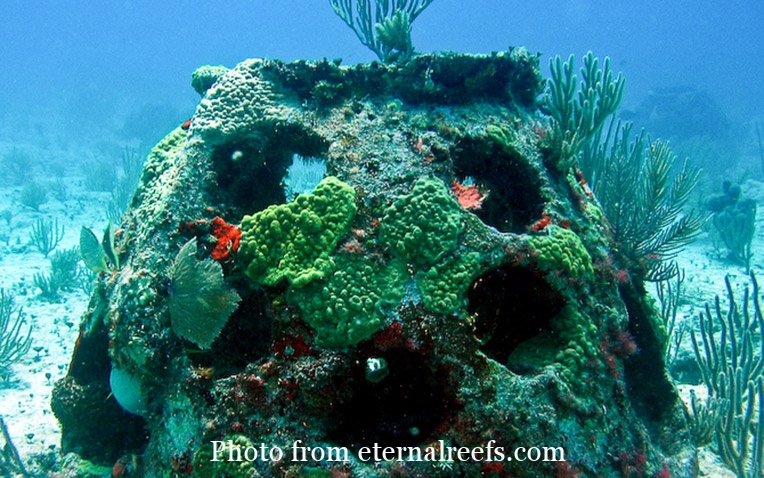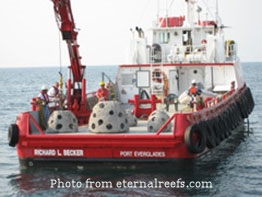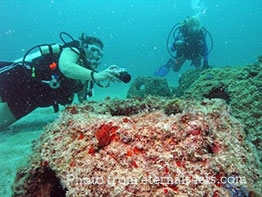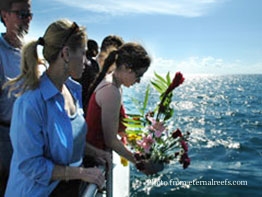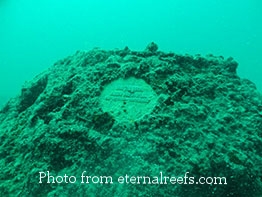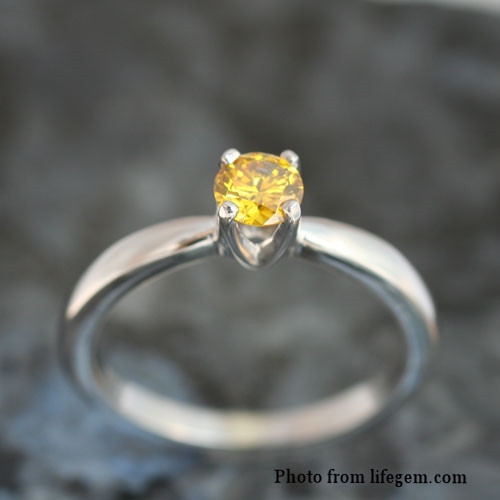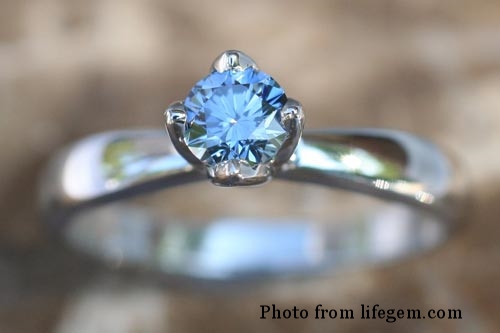Every funeral, regardless the type, starts with an arrangement meeting between the family and the funeral director. These meetings usually take place within 24-36 hours of the death of a loved one and can be a very overwhelming and daunting task for the family members. Sometimes, the thought of making even the smallest decisions can feel mentally painful. Funeral directors are trained specifically do help families through this and will gently guide them through the process. People deal with and handle death very differently and funeral directors are adept at following the specific leads of the families they serve. Some are numb, some are distraught, some know exactly what they want, some don't. Personally, I am a planner. In times of stress, chaos and grief, the way I cope is by planning, making checklists, helping and basically doing anything I can to feel a sense of control. If you are like me, today's episode of The Silva Lining and this post will help. I've put together some guidelines and a layout of what to expect while arranging a funeral and ways to prepare.
What to bring to the arrangement meeting:
- Vital Information/Paperwork: Funeral directors, besides planning and directing funeral services, also file the legal death certificate, notify Social Security and help format the obituary. They can also help you process claims for insurance policies, pensions, annuities and notify unions - so any paperwork you may have pertaining these will be a good thing to bring. Information needed is: Social Security number, date of birth, dress, highest level of education, parents names (including mother's maiden name) and the city/state or country where the parents were born). Also, if the deceased is a veteran, a copy of the discharge paper (DD-214) will be needed to notify the VA, apply for a U.S. flag and for military honors to be rendered.
- Clothing: If it is possible, without being to stressful, to gather the clothing together before the arrangement meeting. What the deceased wears is completely up to the family and sometimes even, the deceased will have chosen their own clothes before they died. Most people don't think of it, but undergarments are important to bring in as well. Shoes are completely optional. Since nobody will usually see the deceased's feet, I tell most families that they can bring in the deceased's favorite pair of shoes or slippers - even if they don't match the clothing. As for jewelry, the deceased can be displayed with any jewelry the family prefers and the family can let the funeral home which items should be saved and returned.
- Picture: A nice picture of the deceased is a very essential item to bring. It can be used for the obituary, custom prayer cards and also to help the hairdresser and embalmer to make them look the most like themselves. Things like how a woman parts her hair, styles it and where her part is, are details that mean the most. The same can be said for men, in terms of how they styled their hair, the type of facial hair they preferred, etc.
During the arrangement meeting, the funeral services and merchandise will be chosen, the director will coordinate with clergy/celebrant and cemetery/crematory, help formulate the obituary and tend to any details the family may request. Financially, the funeral as a whole is made up of three parts: Services, Merchandise and Cash Advances.
To help families choose the services, the funeral director will present a General Price List. This list is regulated by the Federal Trade Commission so that all funeral homes will utilize this format, allowing their services to be clearly explained and itemized. Before this regulation was in place, funeral homes would generally package their services, leaving consumers unaware of how all the individual services would make up the final cost, therefore leaving them to just blindly trust that they were receiving fair prices and/or discounts.
CLICK HERE to view a sample General Price List
As long as all services are itemized on the price lists, funeral homes may then also offer discounted packages of their services based on an incentive of their choosing. For example, if a casket is purchased from the funeral home, these discounted packages are available to select from.
Merchandise sold by funeral homes could include caskets, outer burial containers, urns, clothing, prayer cards, acknowledgement cards, register book, rosaries and more. Some of these items can be included in the funeral service packages, at the discretion of the funeral home.
Cash Advances are specific prices for services of others which the funeral home may be asked to coordinate for the family, such as grave opening fees, crematory costs, clergy offerings, newspaper notices, permit fees, certified copies of death record, etc.
The other point I brought up on today's show was what to do when someone you love is close to dying. We as a funeral home, always express to families that in this time of impending need, the most important thing to focus on for families is spending time with their loved one. A phone call in these situations can go a long way to answer questions, gain an idea of the family's wishes for the funeral home and help the family think about what they will need to gather/organize when the time comes. Since actual funeral plans (like coordinating timing with church cemetery, etc.) can't be made in the days/weeks prior to death, we would feel horrible if we pulled you away from your family to discuss these things and you weren't there when they needed you. Especially with email, there are many options for coordinating with the funeral home while still attending to the needs of your loved one.
Please feel free to comment here with any questions or email me privately at amy@thesilvalining.org
The Silva Lining is thankful for our wonderful sponsor, St. Anthony of Padua Credit Union. We are proud to be sponsored by such an incredible bank, that in an age of conglomerate banks treating people like numbers, maintains a relationship with its members based on trust, friendly service and loyalty. With competitive rates for savings accounts and various loans, St. Anthony of Padua can handle all of your financial needs. Convenient online banking and more information at www.stanthonyofpaduafcu.com
